If you want to know what are the best exercises to build strong, powerful glutes, then you want to read this article.
Building a bigger, stronger butt isn’t purely about aesthetics.
A powerful, toned butt can increase athleticism, strength, power, and speed, not to mention helping to reduce your risk of injury.
Unfortunately, many individuals neglect to properly train the glutes, despite the fact that they are the largest and strongest muscle group in the body.
Ahead, we’re giving you our top 10 best glute exercises to build a better butt.
But first, let’s review the form and function of the glutes.

Boost Performance
Mega Pre Red is a delicious-tasting, high energy pre workout formulated to support greater stamina, motivation, and athletic performance.
Glute Anatomy 101
While most of us tend to think of the glutes as one large muscle group (the glute max), the reality is that there are three distinct muscle groups that contribute to building a strong, powerful rear end.
In order for us to determine the best glute exercises to build muscle and strength, we need to understand the form and function of the glute muscles.
Let’s start with the most well-known muscle in the butt...
Gluteus Maximus
The gluteus maximus (or glute max, for short) is the largest, most powerful muscle in the butt. It lies atop the other supporting glute muscles (minimus and medius). As a result of being the largest and most well-known of the glute muscles, most people think that simply training the glute max is all that’s needed to have a strong, round butt.
However, training the supporting musculature is just as important as they help provide stability.
The glute max originates on the posterior side of the upper ilium -- essentially, the back upper side of the pelvis. It inserts onto the greater trochanter and femur (hip joint and thigh bone).
The primary function of the glute max is hip extension.
Hip extension is any type of movement that lengthens the front of the hip -- including when you walk, run, climb the stairs, or stand from a seated position.
As you may recall, hip extension is also one of the primary functions of the hamstrings.
When the knees are bent, the hamstrings are at a mechanical disadvantage, and the glute max bears the brunt of the load for hip extension exercises, such as the Romanian deadlift.
Conversely, when the knees are straight, the hamstrings are stronger than the glutes, which is why stiff-leg deadlifts are used when trying to emphasize the hamstrings.
Gluteus Medius
The glute medius lies above the gluteus maximus and wraps around the front of the hips. As such, a well-developed gluteus medius can make your hips appear wider, thereby making your waist look smaller, which may or may not be desirable depending on your physique goals.
It originates on the outer surface of the ilium (largest bone in the hip) above and in front of the anterior gluteal line. It also originates from the gluteal aponeurosis -- a fibrous membrane that lies between the iliac crest and the superior border of the glute max.
The glute med inserts on the lateral surface of the greater trochanter (the hip joint).
The primary function of the glute med is hip abduction -- moving the thigh away from the body.
The glute medius also plays a role in both internal and external rotation of the thigh.
Gluteus Minimus
The gluteus minimus lies underneath the glute max and glute medius. It is a fan-shaped muscle, originating from the outer surface of the ilium, between the anterior and inferior gluteal lines, and behind, from the greater sciatic notch.
Insertion of the glute min is on the deep surface of a radiated aponeurosis via a tendon that attaches to the anterior edge of the greater trochanter.
The gluteus minimus plays a supporting role in both hip extension, thigh abduction, and internal/external rotation.
This means that any exercises that train the glute max and glute medius will by default train the glute minimus. Therefore, you don’t need to perform any specific gluteus minimus exercises.
Now that we’ve got the anatomy of the glutes covered, and understand the roles each of the muscles serves we can now start to identify the best glute exercises to build a stronger butt.
Common Glute Training Mistakes
Not Training All Functions of the Glutes
As we just explained, the glutes are comprised of several distinct muscle groups and perform several different functions.
Therefore, in order to build a head-turning behind, you need to train all functions of the glutes.
The primary mistake most people make with glute training is that they focus solely on training the glute max, which means they perform lots of hip extension-focused exercises such as glute bridges, hip thrusts, etc.
Remember though, that the glutes also play a role in abduction (moving the thigh away from the body), which means you need to perform exercises that address this movement.
Not Training the Glutes at All
Since the glutes are involved in just about every lower body compound exercise (squats, deadlifts, etc.), many lifters make the mistake of thinking that is all that is needed to build strong, powerful glutes.
And, while performing only compound exercises will go a long way to ensuring an adequate level of strength in the glutes, if you’re looking to make them as big and strong as powerful, then you need to perform some glute-specific exercises.
You see, exercises like the squat are a thigh-focused exercise first, and a glute-focused exercise, second. So, while your glutes are involved to a certain degree in the squat, they may not be all that’s needed to build your glutes to their maximum potential.
Using Only One Rep Range
When focused on building muscle, it’s tempting to get stuck in the “classic” hypertrophy rep range with your training and only perform sets of 8-12 repetitions.
However, as we’ve stated with other muscle groups, using a variety of rep ranges will help you train both slow and fast-twitch muscle fibers to the fullest extent.
The glute max is the largest muscle in the body, and it can take a lot of punishment before it fatigues.
Furthermore, the glutes tend to be slow-twitch dominant, meaning they respond well to training with high rep, burnout sets.
As such, the best glute workouts contain a mix of moderate and high rep exercises.
Not Using Enough Weight
The glutes are the most powerful muscle group in the body, which means they are capable of lifting a tremendous amount of weight.
Forget what you’ve read about “toning” workouts and going for the “burn”.
With glute training, you need to focus on challenging them with heavy weights for high reps.
Bodyweight and pink dumbbells aren’t enough to sufficiently stress the glutes. You need to choose exercises (which we’ll cover next) that allow you to continually increase the amount of weight used as you gain muscle and strength.
Top 10 Best Glute Exercises
Glute Bridge
The foundation of glute training begins with the glute bridge. Plus, if you’re someone who struggles with “glute amnesia”, the glute bridge is a great way to build the mind-muscle connection.
To perform the glute bridge, lay on the floor with your knees bent and feet pulled in toward your butt, hip-width apart. Your hands should be by your side.
Tighten your core and squeeze your glutes to lift your hips until you form a straight line from your shoulders to your knees.
Pause at the top and squeeze your glutes as hard as possible, then slowly lower under control.
You’ll soon find that that glute bridge is not very challenging once you gain a reasonable amount of strength. Instead of using it as a main muscle-building exercise, use it as part of your warm-up and activation to get the lower body ready for the more intense work ahead.
You can also progress it to…
Knee-Banded Barbell Glute Bridge
The barbell glute bridge is a loaded variation of the bodyweight glute bridge where a barbell is placed across the hips.
Similar to the bodyweight glute bridge, the upper back remains in contact with the floor.
Compared to the barbell hip thrust (the next exercise on this list of the best glute exercises), the barbell glute bridge has similar levels of glute and hamstring activation but less quad activation than the barbell hip thrust due to the smaller range of motion.
To increase the challenge of the exercise further, wrap a mini-band above your knees and maintain tension on it while performing the barbell glute bridge. The addition of the resistance loop around the knees increases activation of the glute medius.
One final way to up the ante on this exercise is to load the barbell with only 25-pound plates as opposed to 45-pound plates. The reason for this is that 25s have a smaller diameter than 45-pound plates, which means the barbell sits lower to the ground and your glutes have to move through a larger range of motion (thereby performing more total work).
Barbell Hip Thrust
Popularized by “the glute guy”, Dr. Bret Contreras, the hip thrust is the king of exercises for building bigger, stronger glutes.
The reason for this is that the barbell hip thrust horizontally-loads the body in a bent-knee position, allowing for consistent tension placed on the glutes throughout the exercise. It also offers a peak level of contraction where the muscles are shortest, making it ideal for developing strength at short muscle lengths.
To get the most from this exercise, hold the peak contraction at the top for 3-10 seconds. In addition to increasing the time under tension, this also helps reinforce good habits and ensures that you're strengthening hip extension and the end range of motion.
Romanian Deadlift
The Romanian deadlift is a variation on the conventional deadlift where your legs remain relatively straight (allowing for a slight bend in the knee). If you remember from above, when the knees are bent, the glutes are the main drivers of hip extension, meaning they bear the brunt of the load.
The Romanian deadlift can be performed using dumbbells, kettlebells, or a barbell.
If you’re new to the exercise, we suggest starting with dumbbells and progressing to barbells as you gain strength.
Begin holding a pair of dumbbells at a 45-degree angle in front of your thighs.
Push your hips back like you’re trying to close a car door with your butt and lower the dumbbells along your thighs.
As you descend, squeeze your core, keep your knees slightly bent, and maintain a flat back.
When the dumbbells reach mid-shin, squeeze your glutes to return to the top.
Frog Pumps
Frog pumps are another unique exercise popularized by Bret Contreras.
What makes this exercise such a great glute builder is that you being in an abducted and externally rotated hip position which allows for increased glute activation for many people when compared to the classic glute bridge where your feet are hip-width apart and flat on the floor.
This beginning setup also helps mobilize your adductors, which is great for those who struggle with a tight groin.
If you’re new to this exercise, you’ll likely need to start with just bodyweight. As you become familiar with the exercise, aim to complete 3 sets of 50 reps with just your bodyweight, resting 1-2 minutes between sets.
Similar to the hip thrust, it’s advised to avoid making direct eye contact with others in the gym while performing the exercise as it can be a bit awkward.
Dumbbell Sumo Squat
Sumo squats are a variation to the conventional barbell squat where you begin standing position with your feet spread wide (outside of shoulder-width) and your toes pointing at 45° angles.
This wider starting position makes the squat more hip/glute-focused as opposed to quad-dominant, which is precisely what we want.
Instead of rocking through these squats rapid-fire like you normally would, to increase time under tension, you’re going to use the following lifting tempo.
- 4-second lowering
- 3-second pause at the bottom
- 1-second lifting
Following this tempo will reinforce proper technique and lead to one hell of a burn in the glutes. It also allows you to create more overload in the glutes while being able to use a lighter load as well, which is helpful for those with low back issues or cranky knees.
High-Box Step Up
The step-up is a classic leg exercise typically used to train the quads.
The “standard” version of the lift usually involves a box that is around knee height. However, using a taller box creates more hip flexion, which means the glutes take on more of the loading as opposed to the quads and calves.
How high should the box be?
Generally speaking, the box should be 20-30 inches high based on your degree of hip mobility and limb length.
With each step up, make sure to drive through your heel, squeeze the glutes, and hinge at your hips. This promotes maximal glute activation.
Side-Lying Hip Abduction
As you may recall, in addition to hip extension, the glutes are also involved in thigh abduction -- moving the leg away from the body.
Typically, you’ll see the move performed in the classic Jane Fonda VHS workout style of lying on the floor.
While this is an effective way to train the glutes, particularly the glute medius, we can up the ante by performing it lying on a bench.
By performing the side-lying leg lift off a bench, you can extend the range of motion of the working leg, making it more difficult and stimulating greater muscle growth.
This movement is best utilized as a part of the warm-up or as a burnout after your heavier compound exercises for sets of 20-30 reps with minimal rest between sides.
Reverse Lunge
Lunges are a phenomenal compound lower body exercise that helps increase muscle, strength, and athleticism.
Typically, you’ll see either walking lunges or alternating lunges in lower body workouts. And, make no mistake, both are great options for working the muscles of the upper leg, particularly the quadriceps.
However, forward lunges of all kinds can be problematic for those with a history of knee issues.
With the reverse lunge, not only do you take much of the shear stress off of the knees, due to the fact that the working leg is the one that’s remaining in place while lunging, but it also accentuates the hamstring and glutes more so than the walking or alternating forward lunge.
Furthermore, if you perform the reverse lunge from a deficit (i.e. beginning on an elevated platform, the trailing leg travels below “ground level”, which leads to deeper hip flexion and subsequently more work for the glutes as they have to work harder to extend the hip through the increased range of motion.
Diagonal Walking Lunges
If your knees aren’t bothered by walking lunges, then this next lunge variation is just for you.
Instead of taking a step directly in front of you, take a 30-degree diagonal step outwards on each rep. It should appear as if you’re making a zig-zag pattern as you walk up and down the gym.
Taking this diagonal step increases the demands on the lateral hip (glute medius) to keep you upright as you lunge from one side to the other.
To up the glute work even more, take a longer stride, which creates a more vertical shin angle.
By making a simple tweak to how you perform your forward lunge you’ll reap the rewards of greater glute gains.
Best Glute Workouts for Muscle & Strength
Best Glute Workout #1
|
Exercise |
Sets |
Reps |
|
Barbell Hip Thrust |
4 |
10 / 8 / 6 / 15 |
|
Feet Elevated Goblet Squat |
3 |
12-15 |
|
Kettlebell Deadlift |
3 |
10-15 |
|
45-degree hyperextension |
2 |
15-20 |
Best Glute Workout #2
|
Exercise |
Sets |
Reps |
|
Sumo Deadlift |
4 |
10 / 8 / 6 / 4 |
|
Dumbbell Sumo Squat |
3 |
12-15 |
|
High Box Step-Up |
3 |
10-15 / leg |
|
Frog Pumps |
3 |
50 |
Best Glute Workout #3
|
Exercise |
Sets |
Reps |
|
Knee-Banded Barbell Glute Bridge |
4 |
12 / 10 / 8 / 6 |
|
Deficit Reverse Lunge |
3 |
10-12 / leg |
|
Romanian Deadlift |
3 |
8-10 |
|
Walking Diagonal Lunge |
2 |
25 / leg |


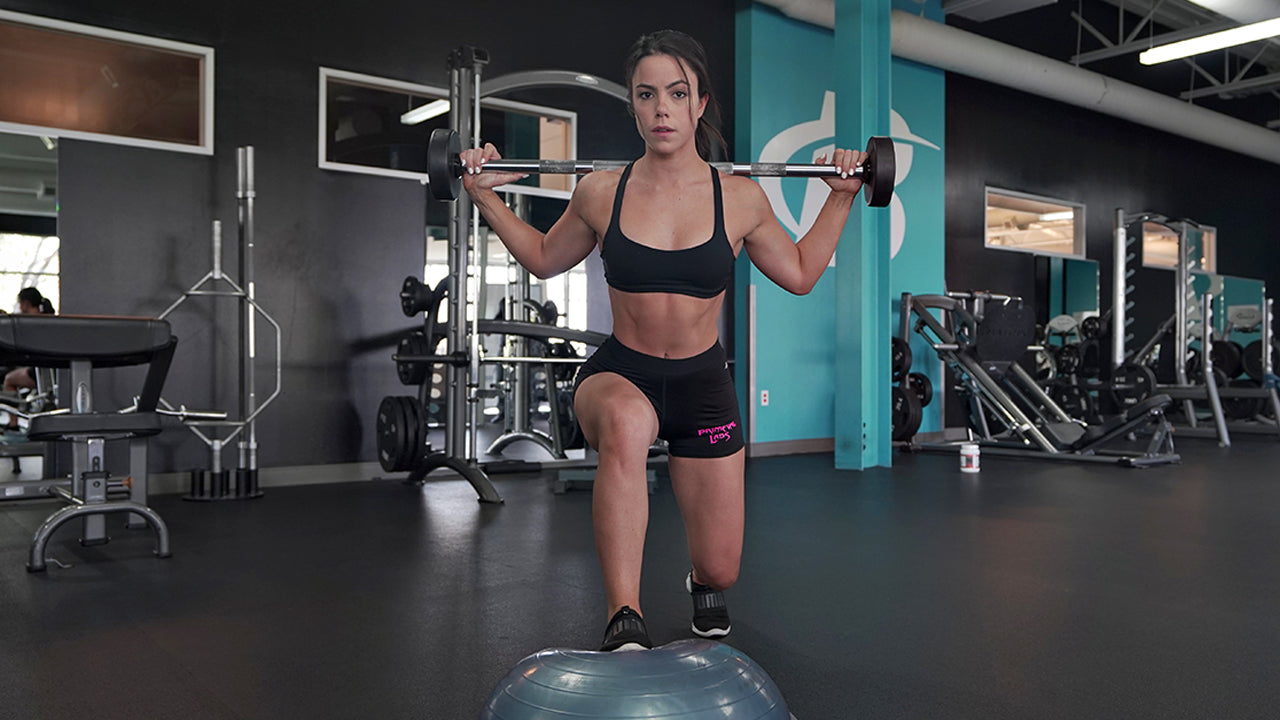





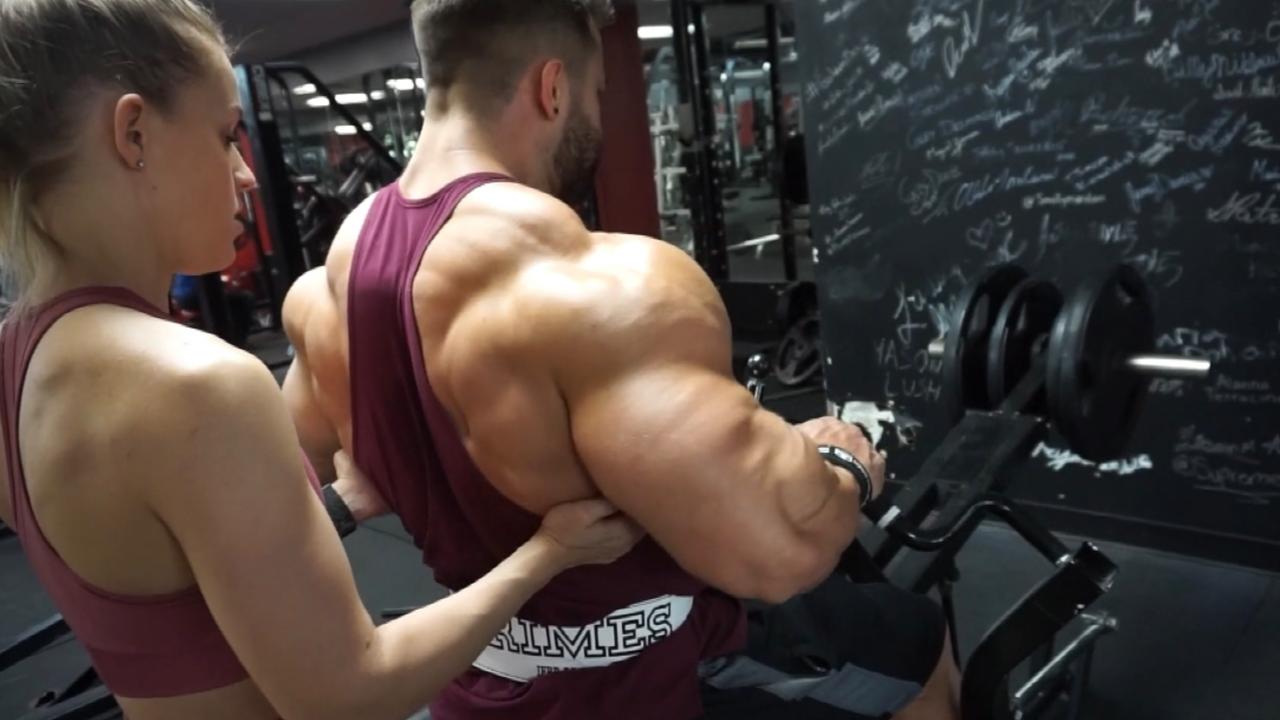
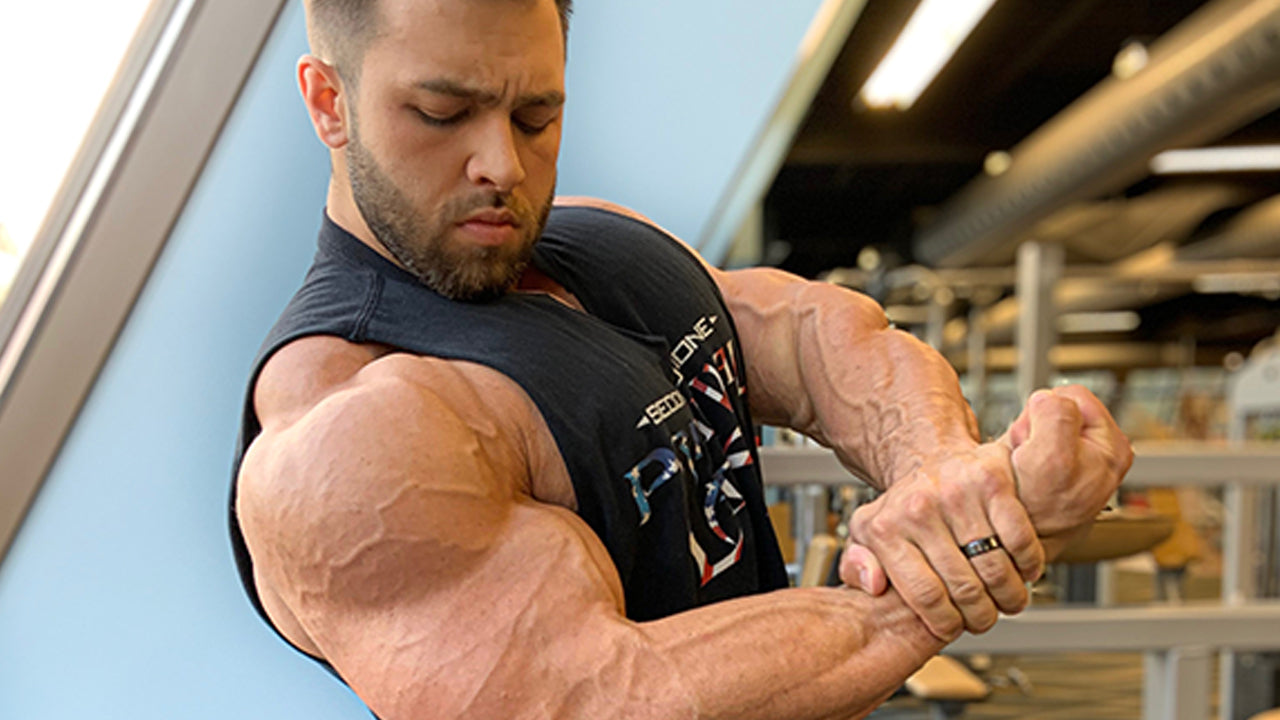
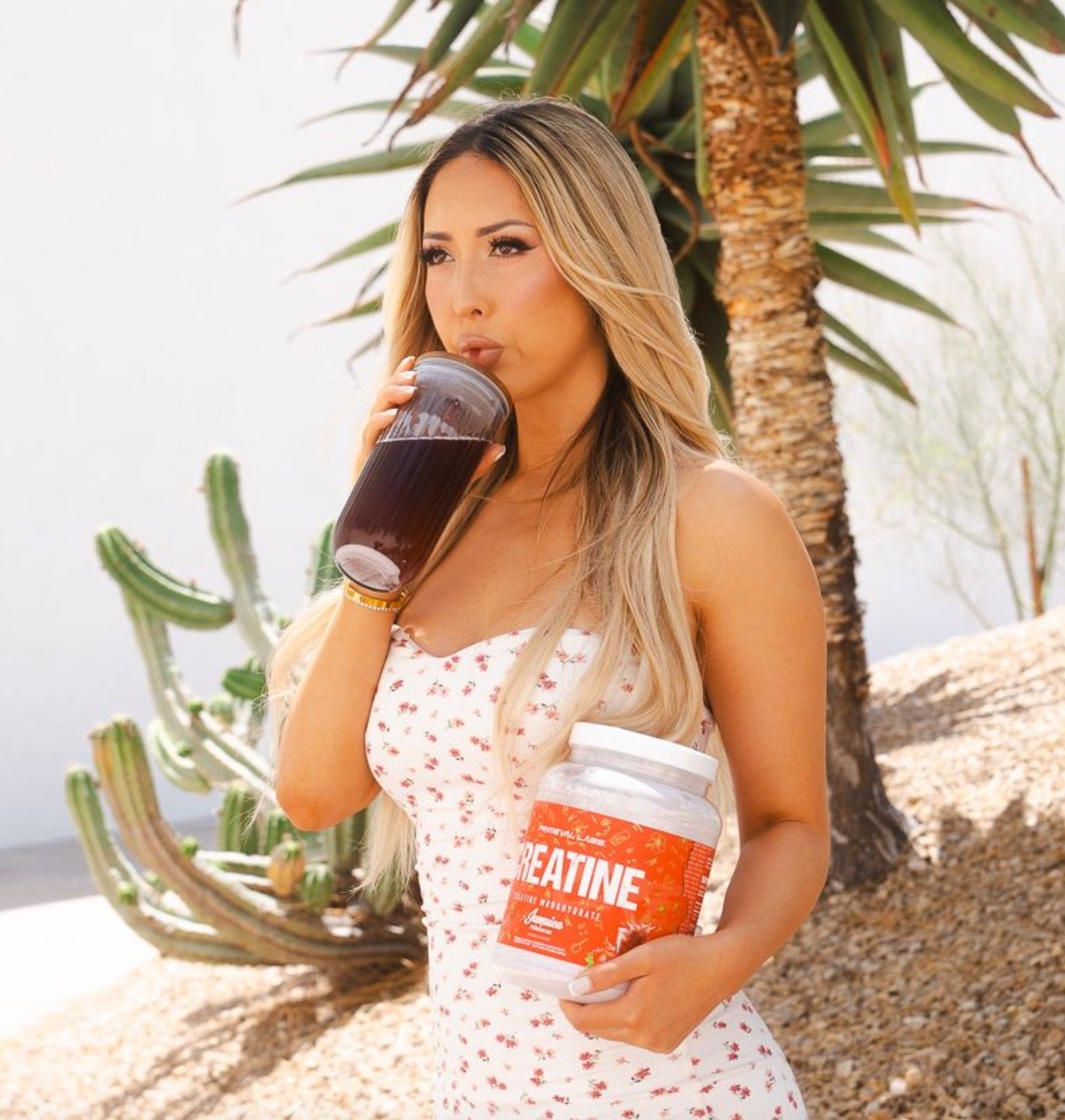
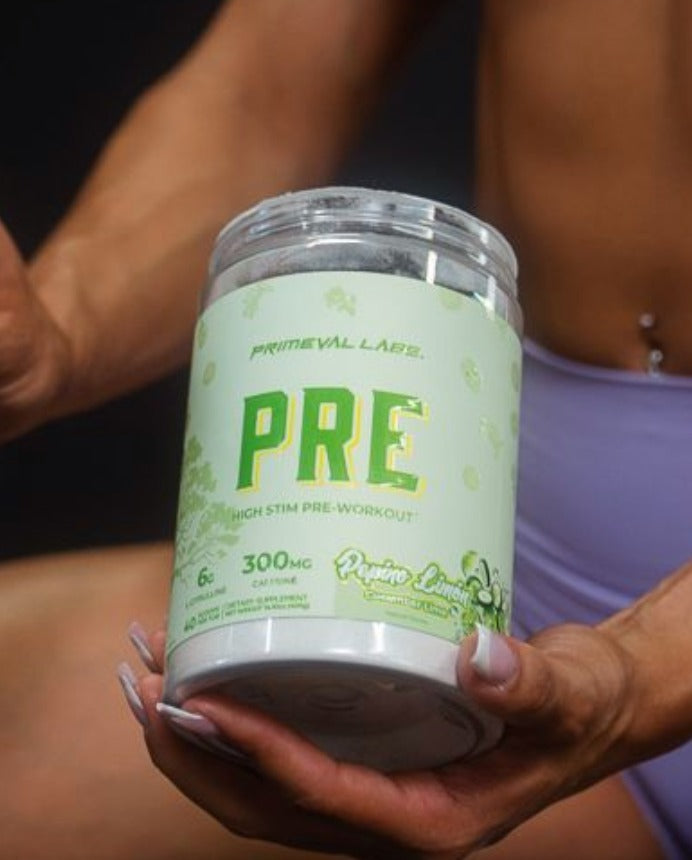

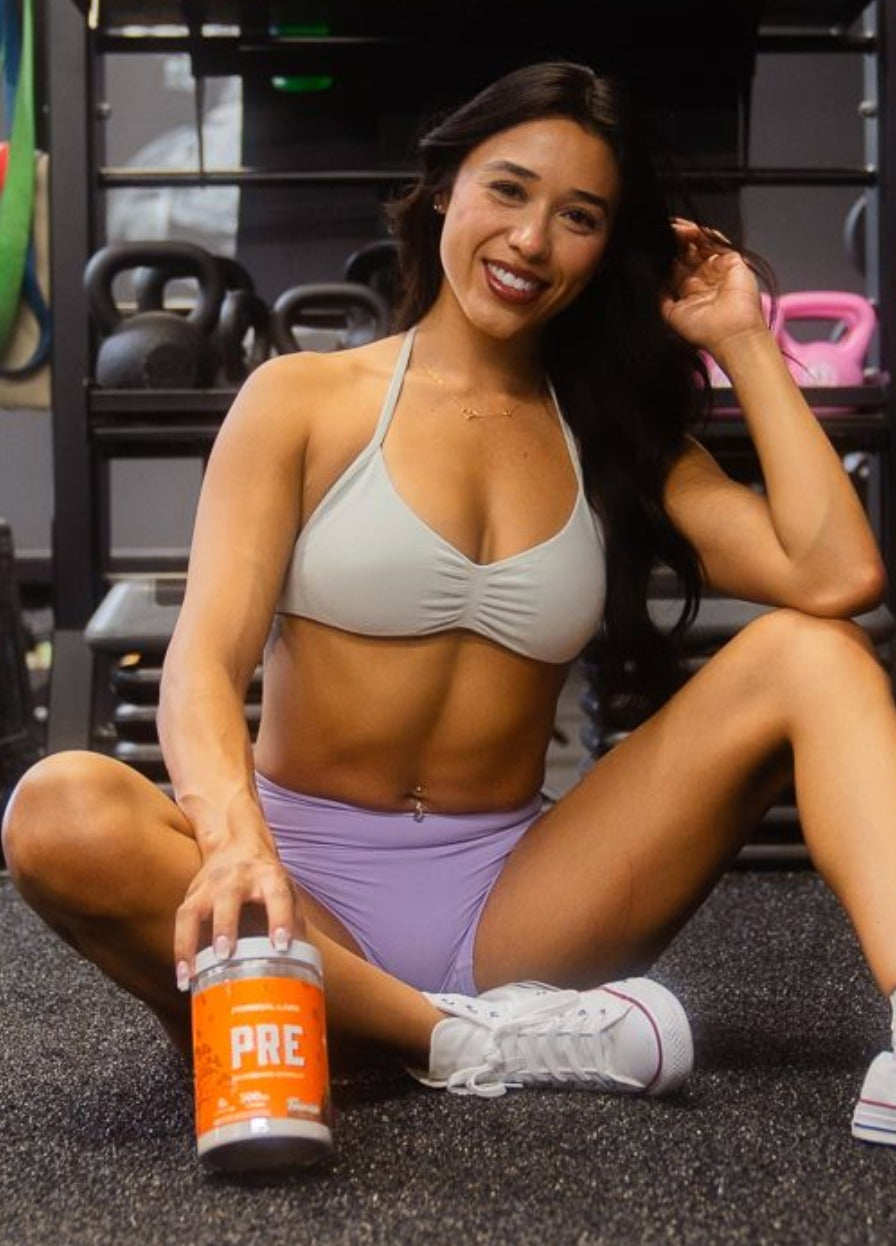
Leave a comment
This site is protected by hCaptcha and the hCaptcha Privacy Policy and Terms of Service apply.